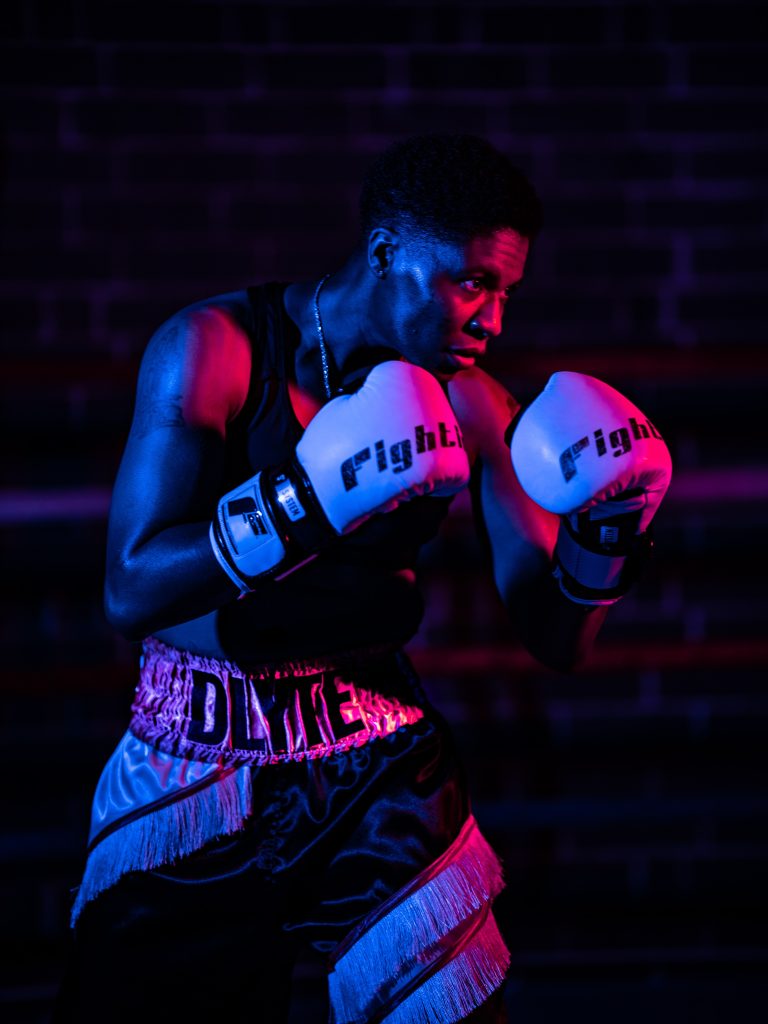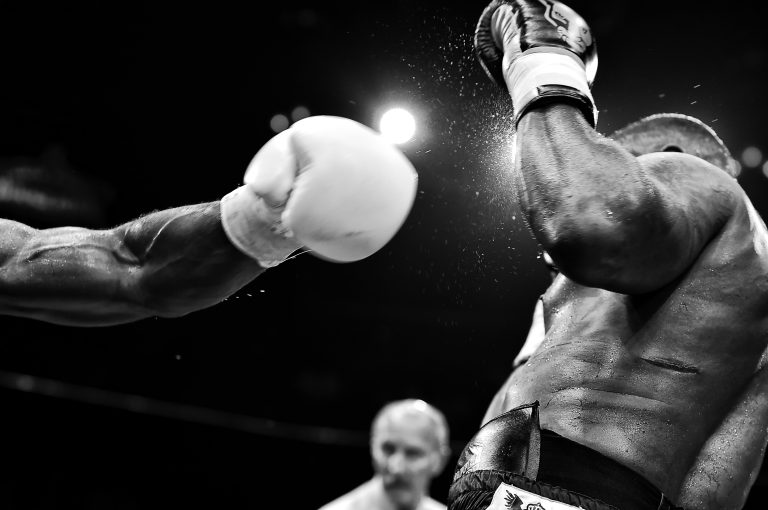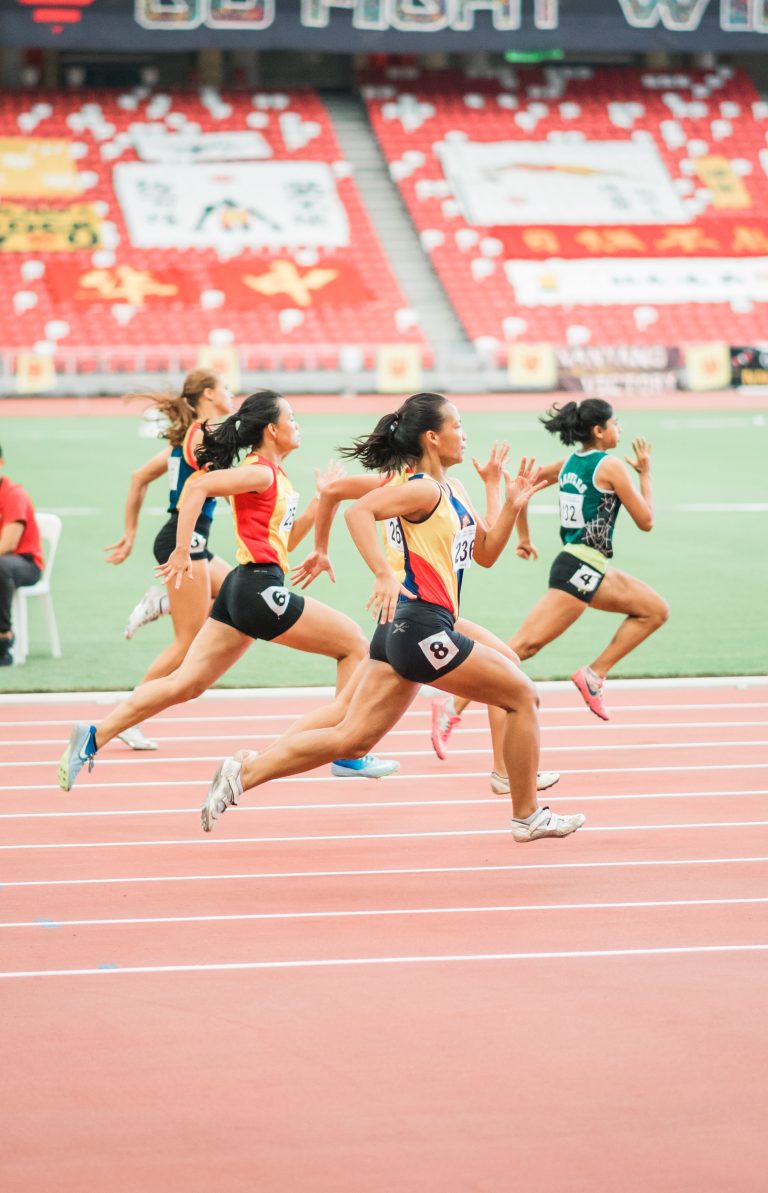What Is the Difference Between Traditional Karate and Sport Karate?
Karate is an ancient form of martial arts that focuses on unarmed combat and self-defense. Despite its long history and widespread popularity, there has been a great deal of debate and confusion about the distinctions between traditional karate and sport karate. This article will provide a comprehensive overview of the two primary forms of karate and explain the dynamics of their distinction.
History and Origins of Karate
Karate is believed to have originated in Okinawa in the early 17th century. It is a combination of influences drawn from both White Crane-style Chinese martial arts and Okinawan grappling techniques. The term ‘karate’, meaning ‘empty hand’, was first used in 1798 in reference to the unarmed combat techniques that had been developed over a period of time by the Okinawan people through physical and mental training. Over the 19th and 20th centuries, karate spread to mainland Japan and other parts of the world, eventually becoming one of the most popular forms of martial arts.
Traditional Karate
Traditional karate focuses on channeling inner energy or ‘ki’ through disciplined practice. The philosophy behind karate is rooted in respect, integrity, moral courage, and self-discipline. Training in traditional karate places priority on methods of self-defense and developing a strong focus on technique rather than physical strength or aggression. It is focused on form, kihon (basics), kata (patterns), and the development of individual character.
Sport Karate
Sport karate is a more action-focused and performance-oriented variation of traditional karate. Although modern sport karate has been around since the mid-20th century, it did not gain significant popularity until the late 1970s when the World Karate Federation was founded. Sport karate is devolved into several different branches, each with its own specific rules and etiquette. This type of karate is highly competitive, with emphasis placed on performance efficiency. Emphasis is also placed on the development of strength and speed, making sport karate a more athletic type of martial art.
Main Differences Between Traditional Karate and Sport Karate
The main distinctions between traditional karate and sport karate extend beyond just the nature of their approach. Here are some of the key differences between these two forms of karate:
Roots
- Traditional Karate: Traditional karate focuses on self-defense and developing individual character through disciplined practice in the forms of kihon, kata, and form.
- Sport Karate: Sport karate emphasizes competition, performance strength and speed.
Training
- Traditional Karate: Traditional karate involves intense physical training, but places most focus on mental discipline.
- Sport Karate: Sport karate includes physical training, but emphasizes more on combat strategies.
Rules
- Traditional Karate: Traditional karate does not involve rule or scoring systems. The winner is decided by the ability to respond to any attacks.
- Sport Karate: Sport karate involves complex rules and regulations which are used to judge participants. Points are awarded for good technique, speed, form and power.
Conclusion
In this article, we have reviewed the main differences between traditional karate and sport karate. Traditional karate focuses on developing individual character with highly disciplined practice whereas sport karate emphasizes competition and athleticism. Although these two forms are distinct in their approach they can both be beneficial in a variety of contexts whether it be self-defense, sport, or martial arts competitions. Regardless which avenue you choose to explore, both traditional and sport karate offer unique attributes that can enrich anyone’s life.
Frequently Asked Questions about the History and Origins of Karate
Karate is one of the most popular martial arts in the world today, and it has a rich history and fascinating origins. Over the years, many people have asked questions about the roots of this ancient fighting style, and in this blog post, we’ll provide answers to some of the most frequently asked questions about the history and origins of karate.
What is the History and Origins of Karate?
Karate is a Japanese martial art that developed on the island of Okinawa, which is located in the Ryukyu Islands. The practice of karate began in the 14th century when the Ryukyu Islands were annexed by Japan, and the Okinawans were forbidden from carrying weapons.
In response, the Okinawans developed a form of self-defense that emphasized strikes, kicks, and throws, which eventually became known as karate. Karate was further developed and popularized in mainland Japan during the 20th century, and it has continued to evolve into the modern form that we see today.
What is the Meaning of the Word Karate?
The word “karate” is made up of two Japanese characters, “kara“ and “te“. “Kara” means “empty,“ and “te” means “hand.” Therefore, karate can be translated as “empty hand.”
This name reflects the fact that karate is a martial art that does not rely on weapons, but rather on the power of the human body.
Who is Considered the Founder of Karate?
Gichin Funakoshi is considered the founder of modern karate. He was born in Okinawa in 1868 and introduced karate to Japan in 1917. Funakoshi was instrumental in popularizing karate as a form of physical education in Japan, and his teachings helped to establish it as a respected martial art.
Funakoshi’s legacy continues to influence karate today, and the style of karate that he taught is known as Shotokan.
What are the Different Styles of Karate?
There are many different styles of karate, each with its own unique techniques and philosophies. Some of the most popular styles of karate include:
- Shotokan – founded by Gichin Funakoshi
- Goju-Ryu – founded by Chojun Miyagi
- Shito-Ryu – founded by Kenwa Mabuni
- Wado-Ryu – founded by Hironori Otsuka
- Kyokushin – founded by Masutatsu Oyama
What are the Key Principles of Karate?
Karate is a martial art that is founded on a number of key principles, including respect, discipline, and self-control. These principles are often taught as part of the training process and are considered essential to the practice of karate.
Some of the key principles of karate include:
- Etiquette – students are taught to bow to their instructors and fellow students as a sign of respect.
- Kata – a series of prearranged movements that are designed to simulate a real fight.
- Kumite – sparring practice that allows students to apply their techniques in a safe and controlled environment.
- Balance – proper balance is an essential part of karate, and students are taught to maintain a stable and strong stance.
What are the Benefits of Practicing Karate?
There are many benefits to practicing karate, both physical and mental. Some of the most significant benefits of practicing karate include:
- Improved physical fitness – karate is a full-body workout that can improve strength, speed, and flexibility.
- Self-defense skills – learning karate can give you the confidence to protect yourself in dangerous situations.
- Stress relief – the physical activity and mental focus required by karate can provide an outlet for stress and tension.
- Self-discipline – karate requires a significant amount of discipline and focus, which can be applied to other areas of life.
Conclusion
Karate is an ancient martial art with a rich history and fascinating origins. While it has evolved over the centuries, its core principles and techniques remain rooted in the early days of its development.
Whether you’re interested in learning karate for self-defense, physical fitness, or personal development, the benefits of the practice are numerous. And with so many different styles to choose from, there’s likely a form of karate that’s right for you.
Inhaltsverzeichnis





